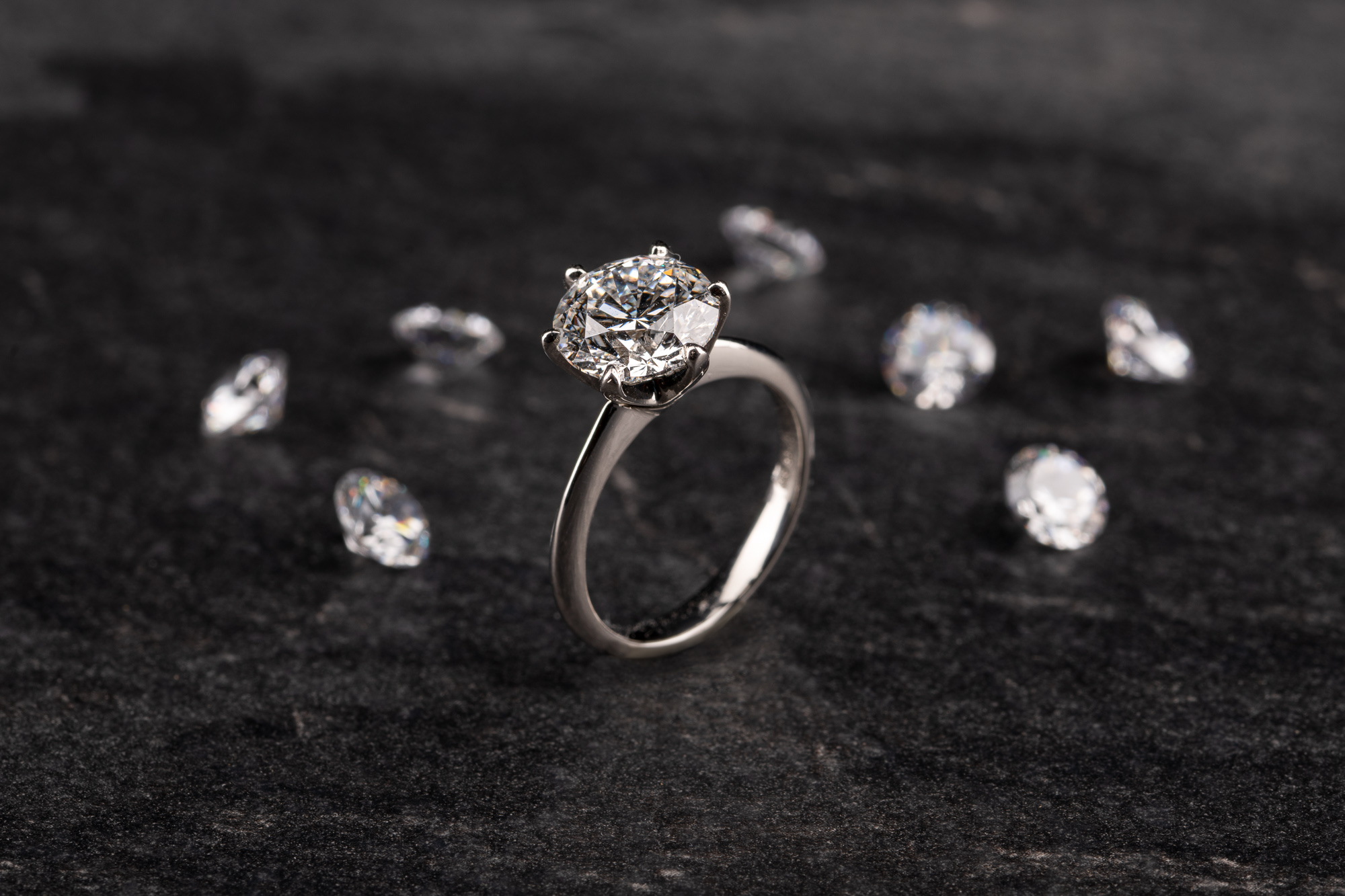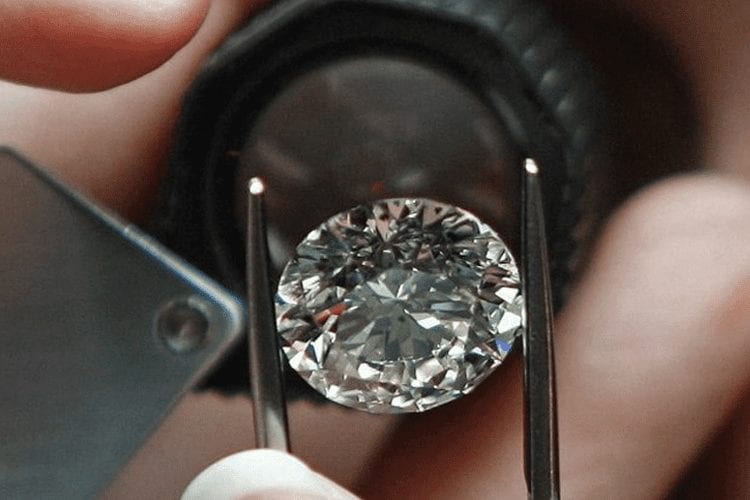When it comes to diamonds, size undeniably plays a significant role in their overall appeal. In the jewelry market, particularly for engagement rings, the carat weight is often one of the first features potential buyers consider. However, in recent years, lab-made diamonds have emerged as a game-changer, offering consumers a remarkable combination of quality, value, and ethical considerations. In this article, we will explore why diamond size matters, the advantages of lab-made diamonds, and how they redefine luxury in the jewelry industry.
Understanding Diamond Size and Carat Weight
Carat weight is the standard measure for the weight of diamonds, with one carat equating to 200 milligrams. The carat weight is a critical factor that influences the size of the diamond; however, it’s essential to note that the size of a diamond can appear different depending on its cut, shape, and overall design.
Visual size is paramount when considering diamond purchases. A well-cut diamond can appear larger than its actual carat weight due to its proportions and symmetry. For example, a round brilliant diamond with a higher table percentage can give the illusion of a larger size compared to a poorly cut diamond of the same weight. Furthermore, certain shapes, like oval or pear, tend to look larger than round diamonds of the same carat weight. Therefore, consumers should consider both size and cut when selecting a diamond.
The perception of diamond size greatly influences purchasing decisions, with many buyers associating larger diamonds with higher value and prestige. Thus, the debate over diamond size remains a crucial topic in jewelry selection.
Lab-Made Diamonds: A Revolution in the Jewelry Market
Lab-made diamonds, also known as synthetic or cultured diamonds, are created in controlled environments that replicate the natural conditions under which diamonds form in the earth. This technological advancement has transformed the diamond industry, offering consumers a sustainable alternative without sacrificing quality or beauty.
Quality and Value
One of the most significant advantages of lab-made diamonds is their exceptional quality. These diamonds are chemically, physically, and optically identical to their natural counterparts. In fact, they are graded using the same criteria: cut, color, clarity, and carat weight. This ensures that consumers receive a diamond that meets the highest standards.
In terms of value, lab-made diamonds often cost 20% to 40% less than natural diamonds. This price difference is largely due to the reduced environmental and ethical costs associated with their production. For consumers looking for larger diamonds without breaking the bank, lab-made options provide a viable solution. The ability to purchase a more substantial diamond within a set budget makes lab-created stones increasingly popular among buyers.
Ethical Considerations
As consumer awareness grows regarding ethical sourcing, lab-made diamonds emerge as a beacon of sustainability. Natural diamonds often come with a complex history, and concerns about blood diamonds have led many consumers to seek alternatives. Lab-made diamonds provide a guilt-free choice, as they are produced without the ethical dilemmas associated with traditional diamond mining.
Furthermore, the environmental impact of diamond mining is significant, leading to habitat destruction and substantial carbon emissions. Lab-created diamonds, on the other hand, require fewer resources and generate less waste, appealing to eco-conscious consumers. The sustainable production of lab-made diamonds is not only beneficial for the planet but also reflects a growing trend towards responsible consumerism.
The Aesthetic Appeal of Lab-Made Diamonds
Beyond ethical considerations and value, lab-made diamonds possess a breathtaking beauty that rivals that of natural stones. Advances in technology have enabled manufacturers to create diamonds that exhibit exceptional brilliance and fire. Each diamond is crafted to maximize its aesthetic appeal, allowing for a range of stunning designs and settings.
Consumers are increasingly attracted to the ability to customize their diamonds. Lab-made diamonds can be produced in various shapes and sizes, allowing buyers to select a stone that perfectly matches their style and preferences. The flexibility in design is a considerable advantage over traditional diamonds, making it easier for individuals to create unique pieces that reflect their personality.
Size Matters: Finding the Perfect Fit
When choosing a diamond, particularly for engagement rings, size is often a primary consideration. A larger diamond is frequently viewed as a symbol of love and commitment. Lab-made diamonds allow couples to prioritize size without sacrificing quality or ethical standards. This is particularly significant for those who may feel pressure to present a certain carat weight when proposing.
For those interested in larger stones, lab-made diamonds offer the opportunity to select a more substantial size within the same budget as a smaller natural diamond. This can be especially appealing for individuals who want to make a statement with their engagement ring. The ability to select a lab-created diamond that meets both aesthetic and ethical criteria is a powerful motivator for many buyers.
The Future of Lab-Made Diamonds
As technology continues to advance, the production of lab-made diamonds is becoming more efficient and widespread. This trend suggests that the market for lab-created stones will only continue to grow, offering consumers an ever-increasing selection of high-quality diamonds at competitive prices.
The shift towards lab-made diamonds reflects broader changes in consumer attitudes towards luxury goods. As younger generations become more influential in the marketplace, their preference for ethical, sustainable products is reshaping the diamond industry. As such, lab-made diamonds are likely to become a staple in the jewelry sector, appealing to those who value both beauty and integrity.
Conclusion
In conclusion, diamond size matters, but the emergence of lab made diamonds has revolutionized the way consumers approach this age-old symbol of love and commitment. By offering exceptional quality, value, and ethical considerations, lab-created diamonds provide a compelling alternative to traditional stones.




